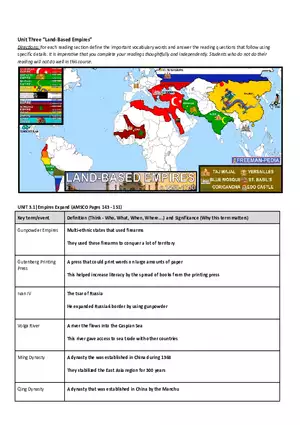Research
Ownership and Media Slant during Sino-US Trade Conflict
-
University:
Boston University -
Course:
MET HI 215 | Special Topics in History Academic year:
2023
-
Views:
450
Pages:
2
Author:
Karina White
Related Documents
Report
Tell us what’s wrong with it:
Thanks, got it!
We will moderate it soon!
Report
Tell us what’s wrong with it:
Free up your schedule!
Our EduBirdie Experts Are Here for You 24/7! Just fill out a form and let us know how we can assist you.
Take 5 seconds to unlock
Enter your email below and get instant access to your document








